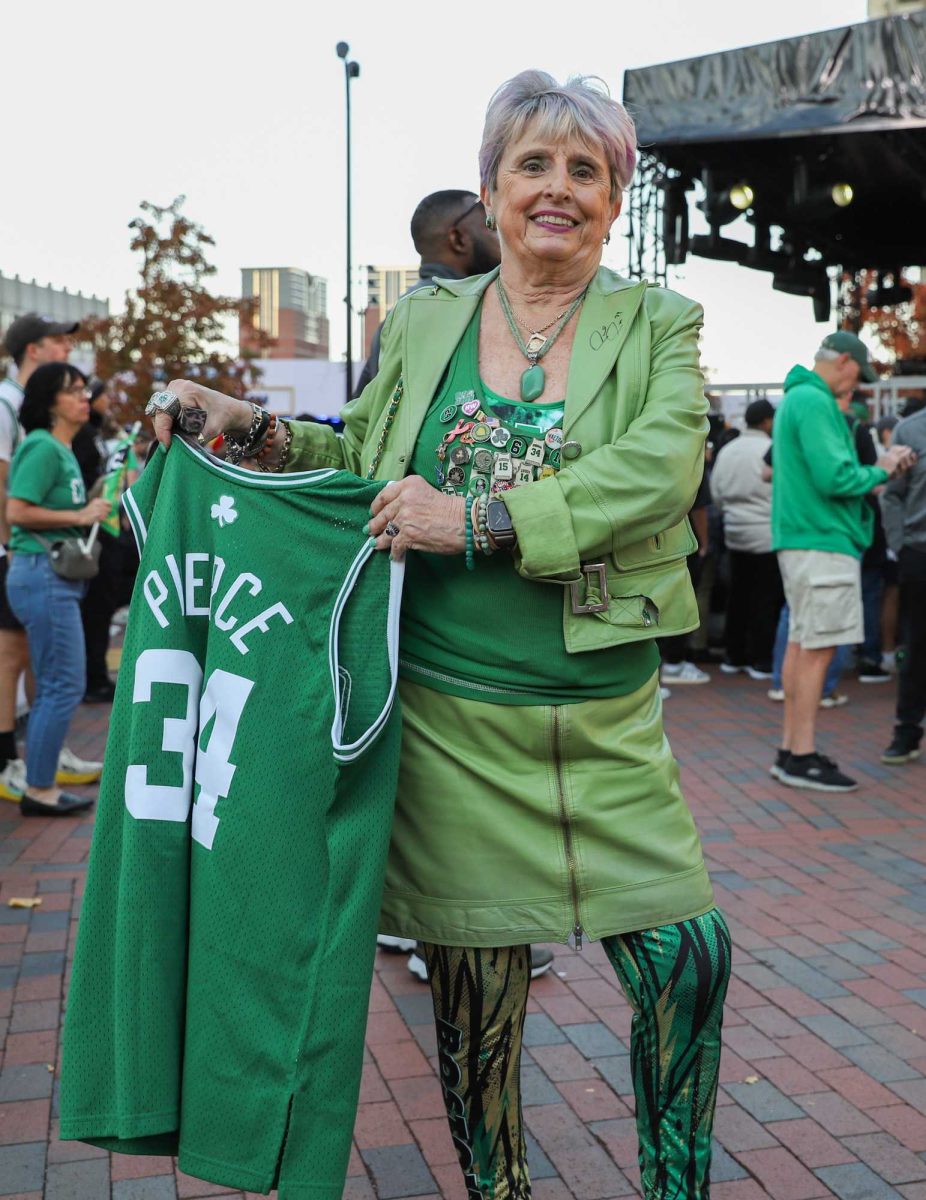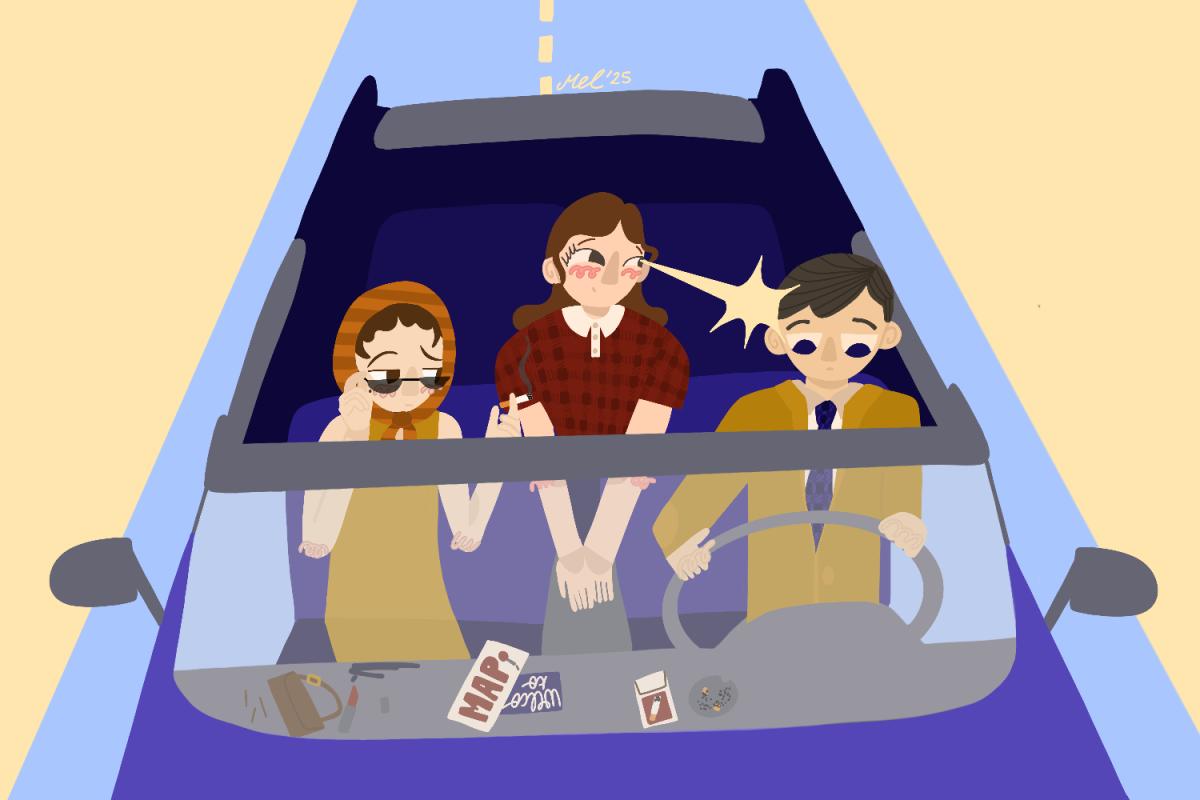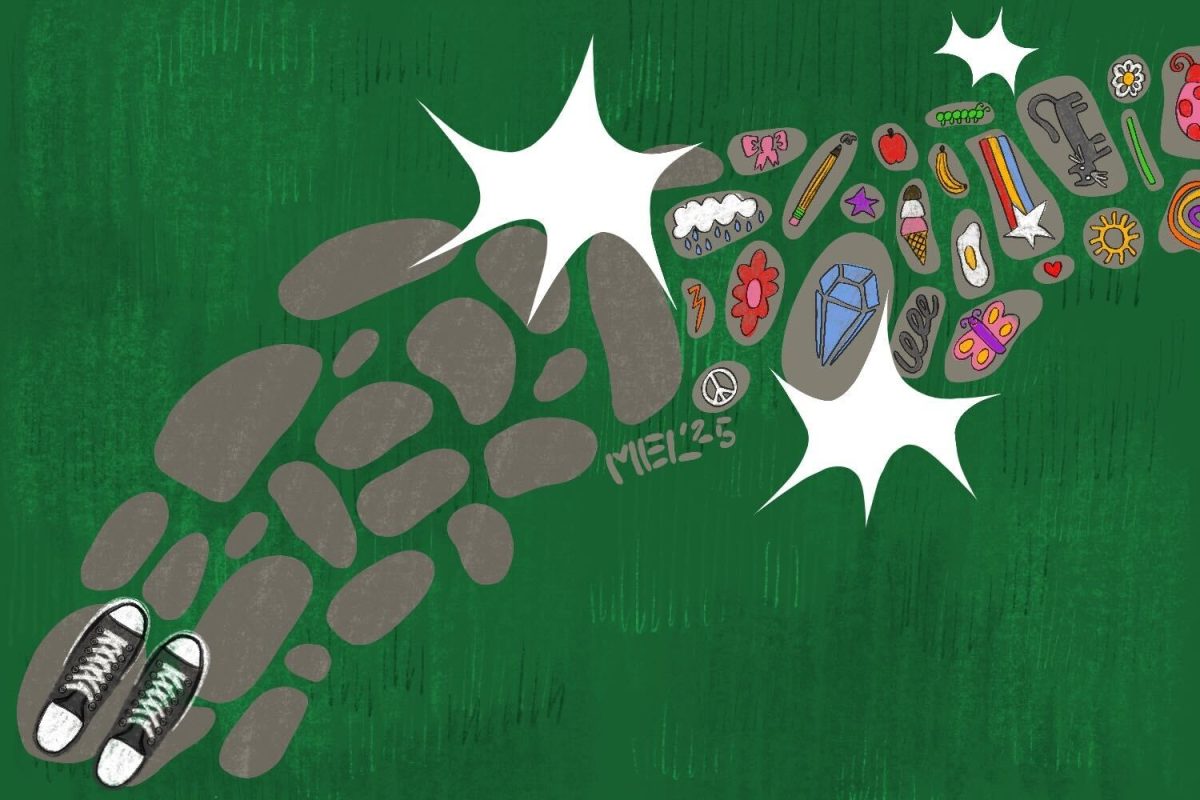I’ve always found it amusing to peek into the light-filled windows of houses that line a street at night. Not to sound too creepy — I swear I’m normal — but I think there’s something soothing about the sight of a TV flashing in a living room with a big, plush sofa and a family sitting around the kitchen counter at dinner time.
I don’t know these people or have any clue as to what actually goes on behind their front doors. But from the outside looking in, their mundane human activity seems comforting in the sense that they are people going about a familiar routine.
We are strangers to each other, but at 8 p.m., we share the act of either tuning in to HGTV in our loungewear or rolling up our sleeves at the kitchen sink after a long day in the office. We find unity in our connection as humans, minding our individual lives yet simultaneously contributing to a single existence as moving pieces in a larger framework.
That said, the 2016 mystery thriller “The Girl on the Train” underscores the dark truth that we can only know so much by catching a glimpse into the cozy houses of our neighbors, our communities and our fellow inhabitants of this world. It’s a theme that recurs in literature and film frequently, perhaps because of its unsettling representation of reality.
Walking along the streets of Boston as a student whose time here is temporary, I sometimes find myself in need of a reminder that this city isn’t all students, but is in fact home to all ranges of ages of people in various stages of their lives. As most of the school’s students know, Boston University has the tendency to feel like a bubble — an enclosed section of Boston with its own clock and agenda.
It’s hard to break through the barrier on a daily basis, but when I’m out and about on an avenue not named Commonwealth, I can’t help but pay particular attention to the houses and apartment buildings I pass en route to my destination.
Especially in the evening, when leisure time kicks in and people fall into their nightly habits, simplicity reigns. Who knows who inhabits these homes? I can only assume they’re mothers, fathers, children, grandparents, etc. doing what people do on any given evening, just as I walk to a nearby coffee shop to write a paper.
On that note, it dawns on me how comically different the average routines of college students and those of the outside world are. While parents, working single adults and grade-school kids, for example, are winding down in the evenings after a busy day performing their given roles, college students can be found either pulling an all-nighter studying or going to a raging party.
Our lives as students are much less predictable and ritualistic in that way. Peeking into our dorm room windows, you’d probably witness a vast assortment of scenarios of daily life on campus.
Sometimes, I need this reminder that life hums to its own rhythm everywhere, and as different as we are, we’re still intrinsically bonded by our commitment to survival. I guess what I’m trying to say is that maintaining an awareness of others can help to gain perspective on our everyday purpose: we are not alone.
Our problems are likely our neighbors’ problems, and our worries and frustrations are theirs, too. Yet we continue one step at a time, doing what we have to in order to progress to the next day, all in it together.
























































































































